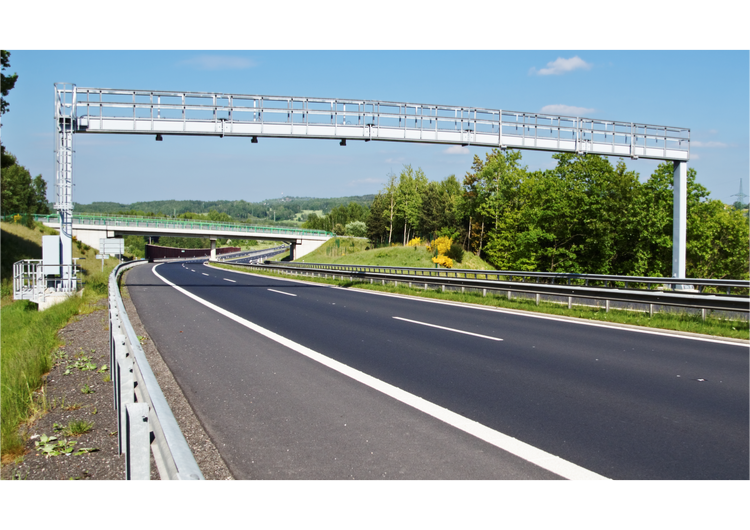Limitation Periods: When is Litigation Appropriate?

In the recent Ontario Court of Appeal (the “Court”) case of 407 ETR Concession Company Limited v. Day, the Court delineated the “appropriateness” requirement for the discovery of claims under the Limitations Act (the “Act”). The Court also clarified the ability for parties to agree to modify the two-year limitation period provided for under the Act.
Background
Ira Day (the “Debtor”) was a frequent user of the 407 ETR highway (the “Highway”). Under the Highway 407 Act (the “Highway Act”), the 407 ETR Concession Company Limited (the “407”) is authorized to collect tolls from Highway users. The Debtor entered into a transponder lease agreement (the “Agreement”) with 407 in May 2010.1 The Highway Act provides 407 with two methods for collecting defaulted invoices: denying the debtor’s licence plate and bringing a civil action in court. The Debtor had outstanding invoices dating back to December 2010, and under 407’s first collection method, his vehicle permit was not renewed on December 2011. When the Debtor continued to use the Highway, 407 brought a civil action on June 2013 for all of the unpaid invoices plus interest. The Debtor argued that, under s. 4 of the Act, the two-year limitation period on 407’s claim had expired.
First Issue: When was 407’s claim “discovered,” triggering the start of the two-year limitation period?
Under the Highway Act, 407 can send a notice of failure to pay 35 days after an invoice is sent. If the invoice is not paid 90 days after this notice is sent, 407 can notify the Registrar of Motor Vehicles (the “Registrar”) to deny the debtor’s licence plate.2 The Court held that the two-year limitation period does not start until the debtor’s licence plate has actually expired and the Registrar has denied the debtor’s renewal request.
Under s. 5(1)(a)(iv) of the Act, a claim is not discovered by a party until it is “appropriate” for that party to bring a civil action. The Court first looked at the “nature of the loss,” reasoning that because 407 has a more effective method for collecting its tolls (the licence plate denial method), civil action is not appropriate until that process has ended and failed.3 It also looked at the “circumstances of the person with the claim,” finding that 407 was very busy, processing many invoices per day. Therefore, it was “legally appropriate” to delay the start of the limitation period to after the highly-effective statutory process was complete. The Court also considered the purpose of s. 5(1)(a)(iv), which was to deter unnecessary litigation. Because most debtors pay before their permit expires, starting the limitation period any earlier would result in needless litigation. Finally, the Court dismissed the Debtor’s argument that 407 can choose when to issue a s. 22 notice to the Registrar, bringing too much uncertainty to debtors. The Court reasoned that the delay in this case was short, caused by “administrative matters,” and that 407 has no commercial interest to manipulate the start date.
Second Issue: Is the 15-year limitation period in the Agreement enforceable?
Under s. 22(3) of the Act, parties can agree to suspend or extend the two-year limitation period. Further, under s. 22(6) of the Act, parties to a “business agreement” can agree to vary or exclude the two-year limitation period.4 The Court held that the provision setting the limitation period to 15 years in the Agreement was enforceable, under s. 22(3) of the Act.
The Debtor leased the transponder from 407 for personal use as a consumer. Therefore, the Agreement was not a business agreement as defined by s. 22(6). However, s. 22(3) clearly allows parties to extend the default two-year limitation period.
The Court rejected the Debtor’s position that the common law imposes an additional requirement, requiring that the Agreement expressly refer to and exclude the basic two-year limitation period. In determining the enforceability of an extended limitation period, there are only three considerations: whether the provision clearly describes the limitation period, whether it identifies the “scope and application” of the limitation period, and whether it excludes other limitation periods.5 The Agreement, “in clear language,” set out the scope of the limitation period as 15 years, and excluded “any other period.”
Conclusion
Where the Debtor accessed the Highway using the leased transponder, the 15-year limitation period in the Agreement applied. The two-year limitation period only applied where the Debtor accessed the Highway without the transponder, and started on December 31, 2011 when the Debtor’s vehicle permit expired.
1 To track usage, 407 uses scanners for users who have leased a transponder, and cameras for all other users.
2 This is provided for under s. 16(1) and s. 22(1) of the Highway Act, respectively.
3 The Court looked at 407’s collection rate, finding that more than 75% of the people issued a s. 22 notice pay, with more than half of them paying before or when their vehicle permit has expired.
4 S. 22(6) of the Act defines “business agreement” as “an agreement made by parties none of whom is a consumer as defined in the Consumer Protection Act, 2002” and “vary” as including “extend, shorten and suspend.”
5 The Court drew on its decision in Boyce v. The Co-operators General Insurance Co., 2013 ONCA 298 (CanLII), 116 O.R. (3d) 56, leave to appeal refused, [2013] S.C.C.A. No. 296.

